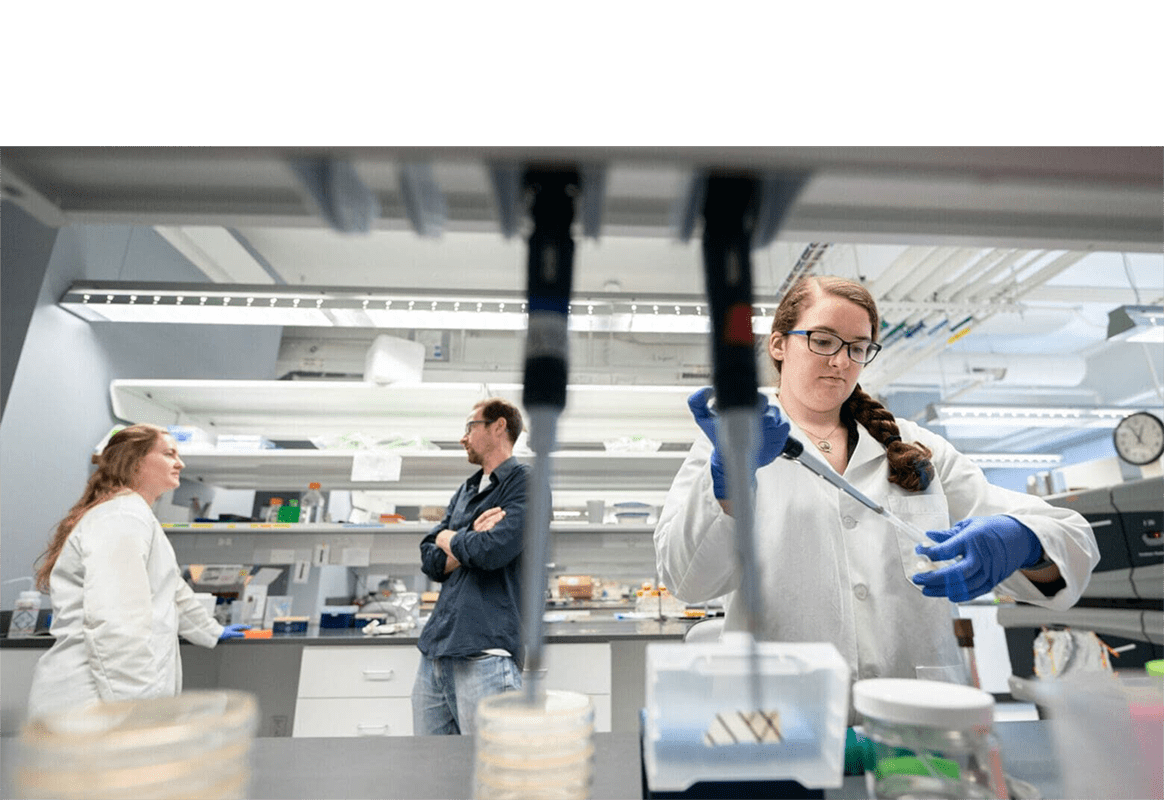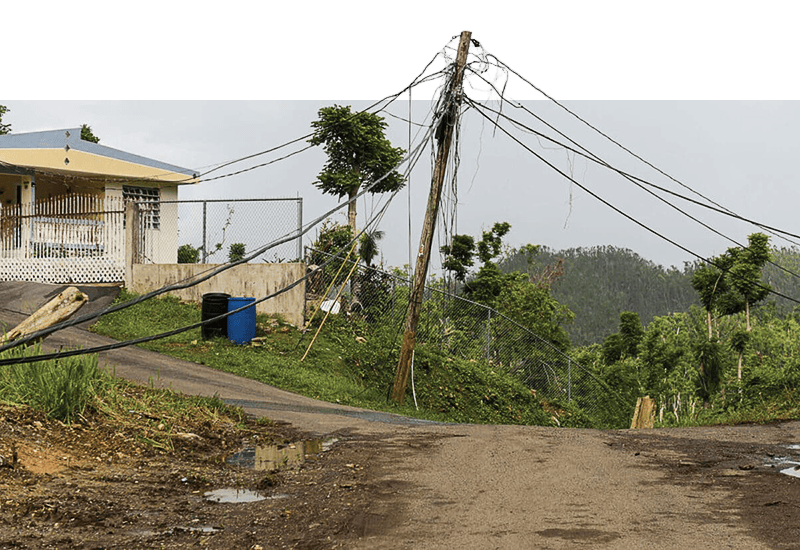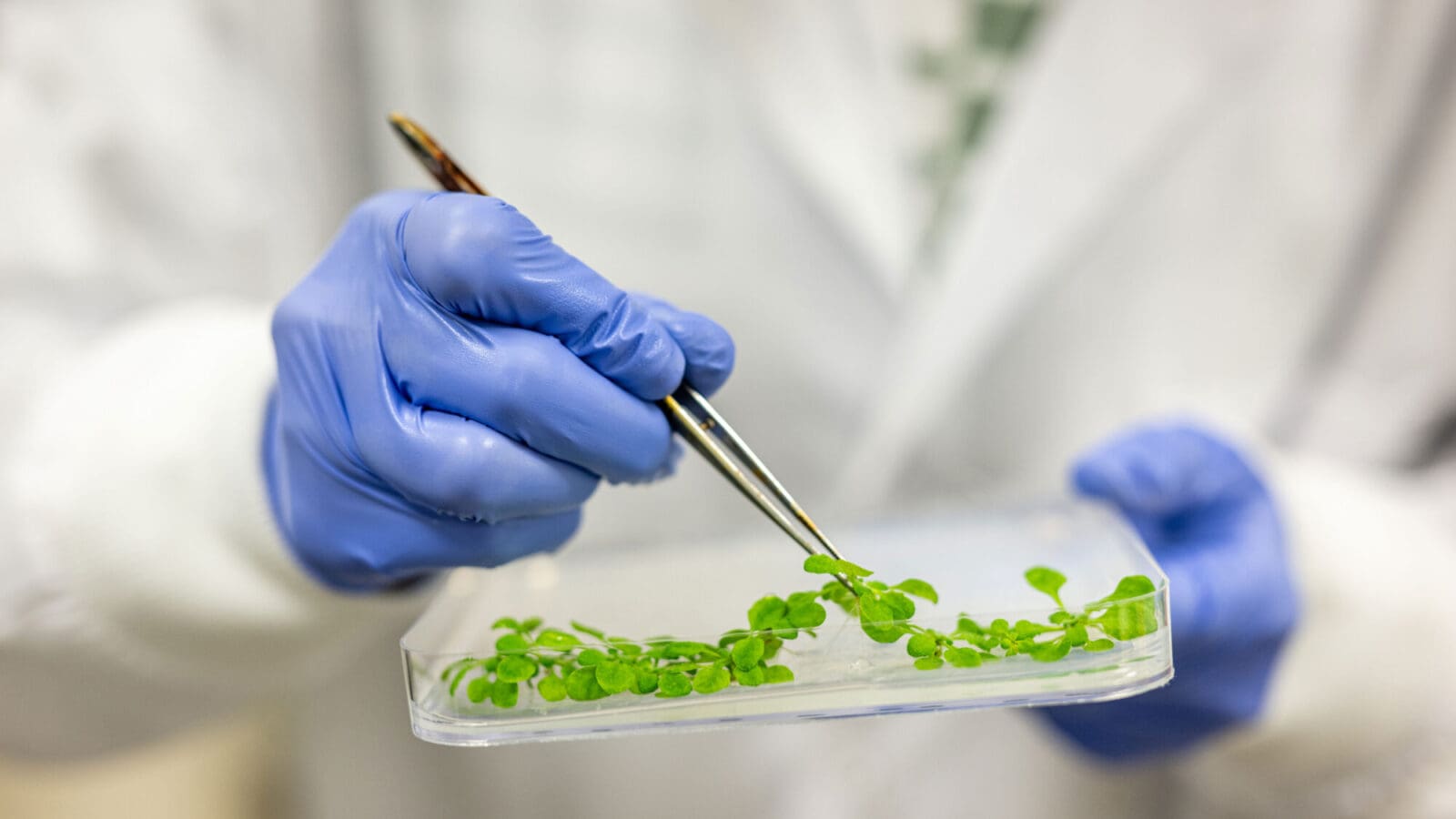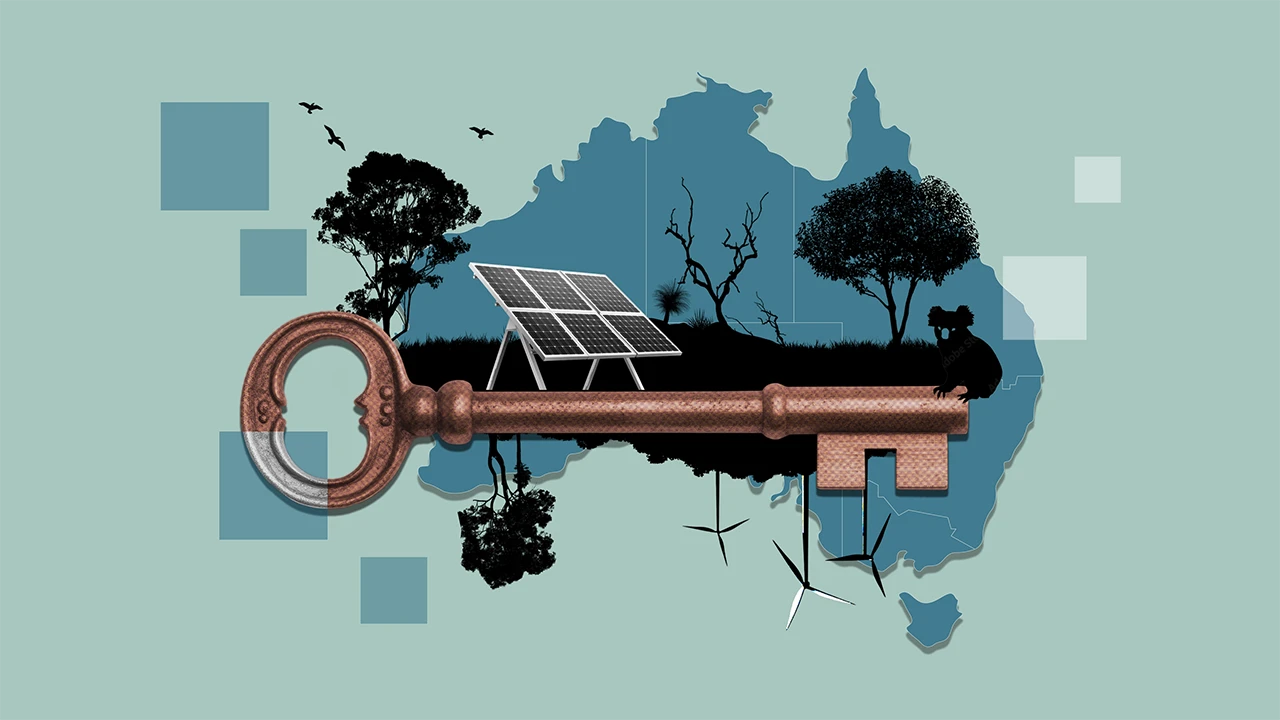
Engineering projects in art, security, energy selected for innovation fund
By
on
Adapted from story originally posted to www.princeton.edu.
Innovative research projects by Princeton engineers on computer security, the electricity grid and historic audio recordings embedded in postcards are among several recently granted funding through the University’s Office of the Dean for Research.
Each year, the Dean for Research Innovation Fund gives support for exploratory research projects that might not otherwise qualify for external grants. This year’s awardees include recipients from disciplines ranging from computer science and chemistry to the Princeton University Art Museum, and include projects that can benefit society and fulfill the quest for knowledge about the natural world.
“I am pleased that the University is able to provide funding for these original and creative research projects,” said Dean for Research Pablo Debenedetti, the Class of 1950 Professor in Engineering and Applied Science and professor of chemical and biological engineering. “Each year our selection committees identify the best proposals from a truly outstanding collection of faculty submissions. This year’s selected projects represent a wide range of exciting research directions across the disciplines.”
The awards were given in three categories: new research projects that team Princeton scientists and engineers with industry; research collaborations between artists and scientists or engineers; and new ideas in the natural sciences.
New collaborations with industry
Assuring security for computer-based services A collaboration between Princeton and a major internet company will enable researchers to develop solutions for the security challenges that threaten current and future computer systems. To address problems in computing security, Aarti Gupta, professor of computer science, and Sharad Malik, the George Van Ness Lothrop Professor in Engineering, will team with industrial partners to develop novel techniques for verifying security concerns across hardware and software to provide protected foundations on which computer-based services can depend.
Decarbonization of the grid A collaboration between Princeton’s Andlinger Center for Energy and the Environment and NRG Energy, the largest competitive power producer in the United States, aims to better understand how to “decarbonize” the U.S. electrical power grid by transitioning the nation’s power supply from its reliance on high-carbon-emitting power sources to a greater use of renewable and low-carbon-emitting fuels. The collaboration builds on the shared interests of the Andlinger Center and NRG Energy to create a low-carbon future for the U.S. power sector. Andlinger’s Energy Systems Analysis Group, which includes Energy Systems Modeler Thomas Kreutz, Senior Research Engineer Eric Larson and Senior Research Scientist Robert Williams, will work with NRG analysts to build a model of the grid that will enable investigations of the prospective impacts of alternative new electricity pricing policies, carbon pricing policies, and advanced generation and storage technologies.
Personalizing the user experience through algorithms When people browse online, algorithms are at work behind the scenes to serve content tailored to users’ needs and interests. A new collaboration between Robert Tarjan, the James S. McDonnell Distinguished University Professor of Computer Science, and researchers at Microsoft led by Siddhartha Sen, who earned his doctorate degree at Princeton in 2013, aims to enhance the browsing experience by creating data structures and algorithms that enable systems to efficiently organize and retrieve data. These data structures and algorithms explore new approaches to eliminate performance bottlenecks, enable new functionality, and advance machine learning applications such as personalizing news, identifying viral content, and optimizing data storage and retrieval.
Research collaborations between artists and scientists or engineers
Saving the Sonorine, an early 20th-century form of voice mail A new project aims to finally read a long lost chapter of media history. Postcards known as Sonorines that contain inscribed audio messages, popular from 1905 to 1907, are too fragile to be played on the few remaining players that exist today. To recover the messages so they can be studied, Thomas Levin, associate professor of German, and Adam Finkelstein, professor of computer science, will develop a novel optical capture process. The project will be funded primarily through a newly awarded two-year grant from Princeton’s David A. Gardner ’69 Magic Project in the Humanities Council, and will receive support from the DFR Innovation Fund to build a device that combines custom software with off-the-shelf scanning hardware to transform the cards’ audio data into sound.
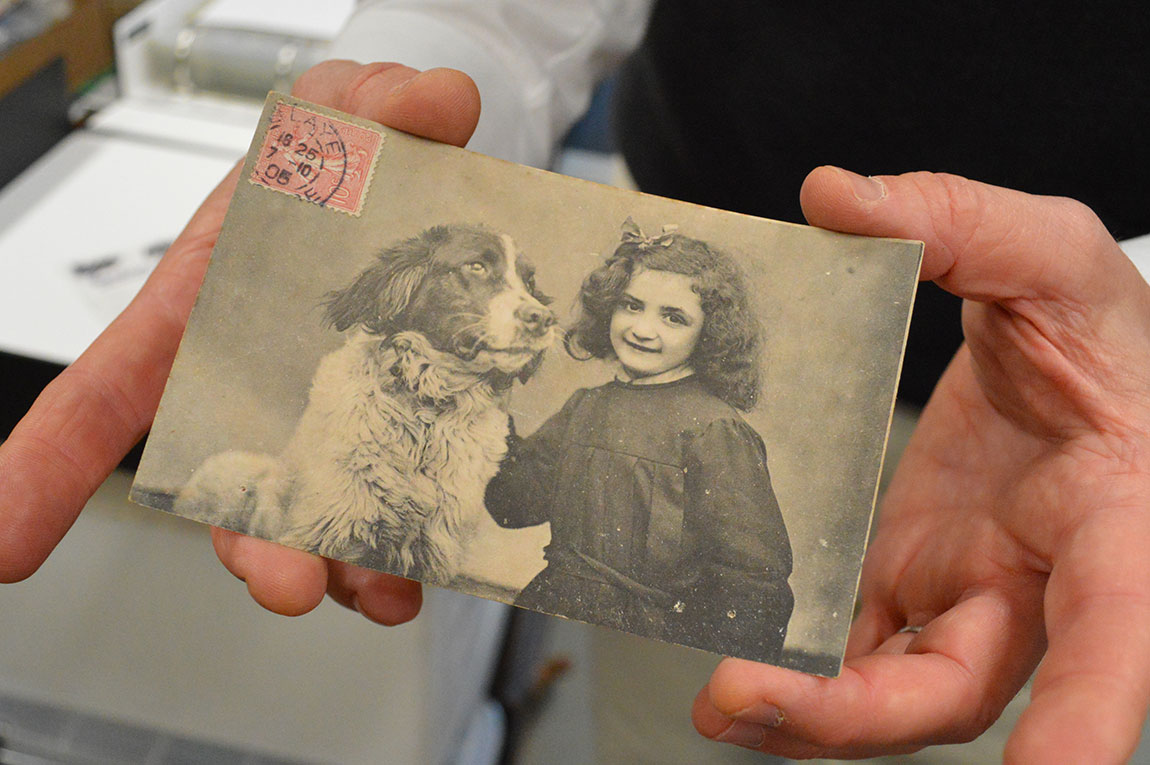
Holistic analysis of heritage structures To reconstruct and preserve sites of cultural heritage, researchers will create new methods for studying heritage structures using technologies including ground-penetrating radar, 3-D modeling and virtual reality. Branko Glišić, associate professor of civil and environmental engineering, and Michael Koortbojian, the M. Taylor Pyne Professor of Art and Archaeology, have teamed up to carry out this research with graduate students Isabel Morris and Rebecca Napolitano. This interdisciplinary collaboration brings together expertise from the arts, engineering, geosciences, and the humanities, and will represent an important contribution toward building a new Princeton heritage structures program, a joint effort between the departments of art and archaeology and civil and environmental engineering.
Toxic metals and the Maya civilization Naturally occurring arsenic, a highly toxic metal found in groundwater and mineral deposits, may have contributed to the decline in health of the Maya people. To explore this theory, Satish Myneni, professor of geosciences, and Bryan Just, the Peter Jay Sharp, Class of 1952, Curator and Lecturer in the Art of the Ancient Americas, have teamed with undergraduate Catherine Ivanovich, Class of 2017, to study how widespread arsenic poisoning was among the Maya people. They will explore possible pathways of exposure to arsenic, which has been detected in Maya ceramic vessels. The researchers hope that the study will shed light on the factors behind the collapse of Maya civilization and the implications for modern societies.
New ideas in the natural sciences
Harvesting light with new earth-abundant catalysts A new approach aims to harness the power of light to catalyze chemical reactions to produce much-needed chemicals for use in industry, medicines and consumer products. Abigail Doyle, associate professor of chemistry, and Benjamin Shields, a graduate student in chemistry, are furthering the work conducted at Princeton on the use of visible light to drive new chemical reactions. These reactions currently require special catalysts, dubbed photoredox catalysts, which contain precious metals and serve as “middlemen” between visible light and the chemicals undergoing reaction. Doyle and her colleagues plan to develop novel catalysts based on abundant elements known as first-row transition metals that harvest the power of visible light without the need for a middleman, leading to less expensive and more targeted reactions.
Tracking colonies of self-organizing animals A school of fish, a raiding column of army ants, the synchronous flashing of fireflies ‚Äî these self-organizing biological systems are fascinating to watch but difficult to study. To explore the mechanisms underlying these behaviors, Thomas Gregor, associate professor of physics and the Lewis-Sigler Institute for Integrative Genomics, and Daniel Marlow, the Evans Crawford 1911 Professor of Physics, will design and construct a system for tracking individual ants in a colony by marking them with tiny amounts of radioactive dyes. The researchers’ goal is to monitor the ants’ activity via positron emission tomography (PET), a commonly used cancer screening method, and to use computer algorithms to construct models of insect behavior.
Genetic footprints of selection The shift of human populations from rural to urban environments comes with major changes in diet, pathogen exposure and incidence of chronic diseases such as obesity and type-2 diabetes. To explore how natural selection shapes the human genome, Julien Ayroles, assistant professor of ecology and evolutionary biology and the Lewis-Sigler Institute for Integrative Genomics, and Dino Martins, visiting lecturer in ecology and evolutionary biology and director of the Mpala Research Centre, will study changes in gene regulation when people migrate from an ancestral rural environment to an urban setting. Working with individuals from the Turkana tribe in northern Kenya, Ayroles and Martin will contrast the genomes of people who stayed in their ancestral land to those who moved to cities, shedding light on how the interplay of genes and environmental factors affect human health.
